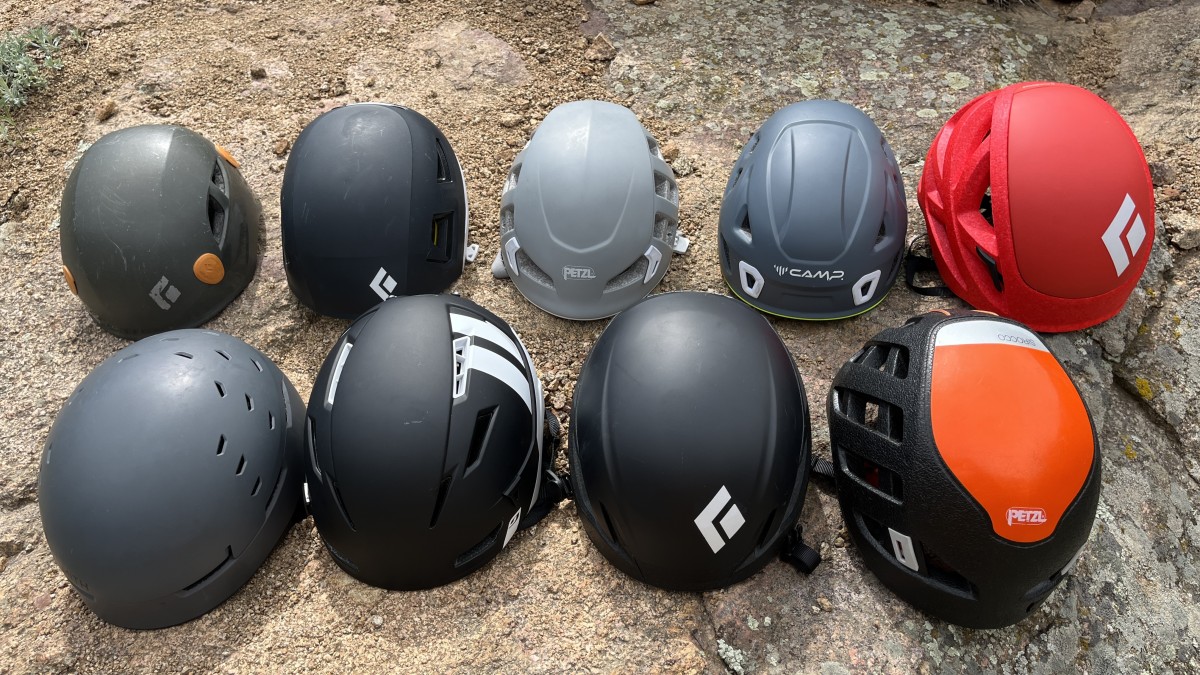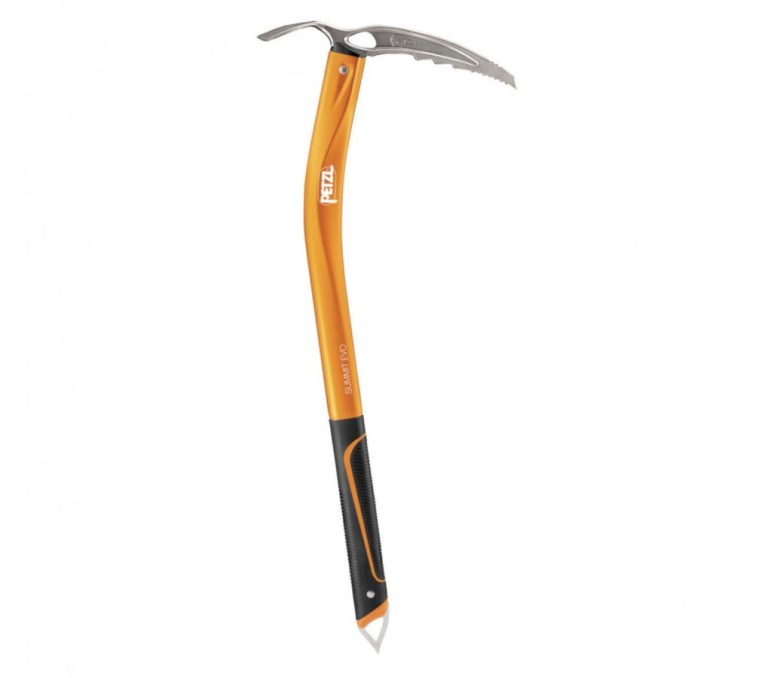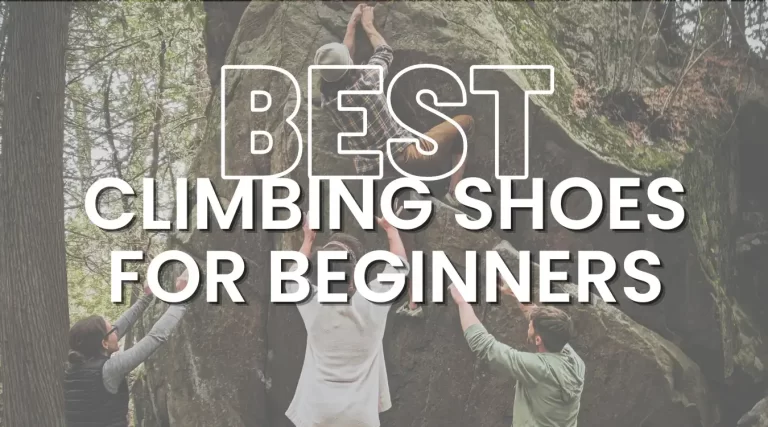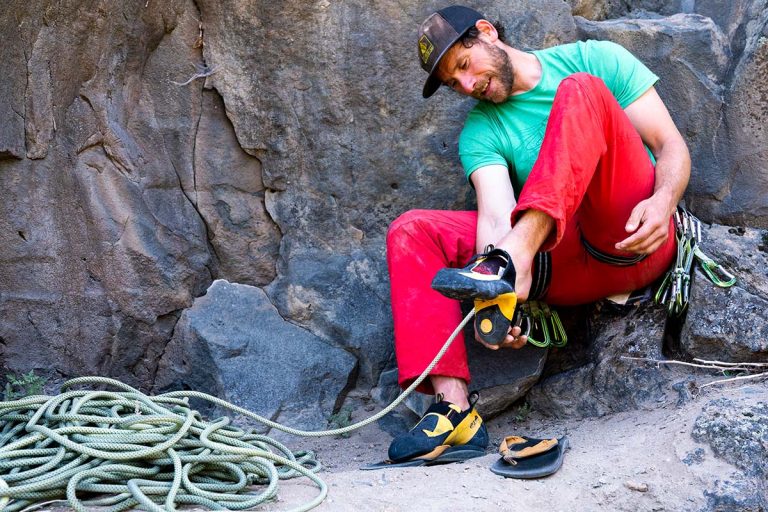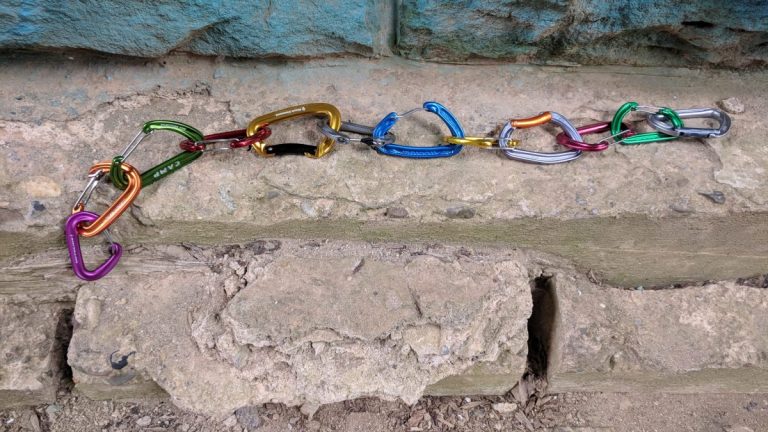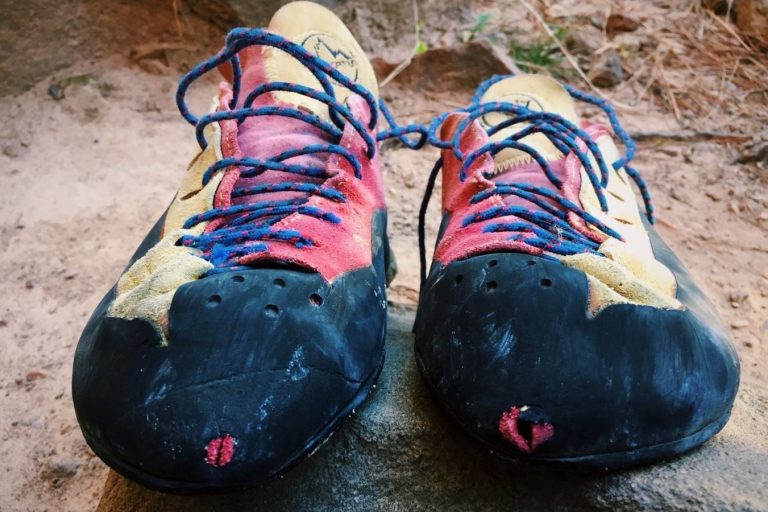Best ROck CLimbing Helmets
Rock climbing and mountaineering are thrilling outdoor activities that require specialized gear for both safety and comfort. One such essential piece of equipment is a climbing helmet. In this article, we will discuss the importance of helmets for climbers and the factors to consider when choosing the best one. We will also recommend the top five best helmets for climbers available in the market today.
Why Helmets Are Important for Climbers
Protection from falling debris
During a climb, rocks or ice may become dislodged and fall. A helmet provides a critical layer of protection for your head, helping to reduce the risk of serious injury from falling debris.
Protection from impacts
Climbing can sometimes involve falls or unexpected contact with hard surfaces. Helmets absorb and distribute impact forces, protecting your head from potential injuries.
Enhanced visibility
Many helmets come in bright colors or with reflective features, making climbers more visible to their partners and other climbers on the route.
Factors to Consider When Choosing a Climbing Helmet
Fit and comfort
A proper fit is essential for both comfort and safety. Ensure the helmet sits snugly on your head without causing discomfort, and make sure the chin strap is adjustable to provide a secure fit.
Weight
Lighter helmets reduce neck strain and are generally more comfortable for long days of climbing. However, they may be less durable or provide less protection than heavier options.
Ventilation
Good ventilation is essential for maintaining comfort during strenuous climbs. Look for helmets with adequate venting to keep your head cool and prevent overheating.
Durability
Climbing helmets take a beating. Choose a helmet that is built to withstand the rigors of climbing and will last for several seasons of use.
Price
The price of a helmet should be considered in relation to its features, durability, and comfort. Keep in mind that investing in a high-quality helmet can save you money in the long run by reducing the need for frequent replacements.
Top 5 Best Helmets for Climbers
Black Diamond Vector
The Black Diamond Vector is a lightweight, well-ventilated helmet that offers a great balance of comfort and protection. Its in-mold construction and adjustable suspension system ensure a secure fit for various head shapes.
Petzl Meteor
The Petzl Meteor is a popular choice among climbers for its lightweight design, superior ventilation, and excellent protection. Its adjustable headband and chin strap provide a customized fit, while its magnetic buckle system ensures ease of use.
Mammut Wall Rider
The Mammut Wall Rider is a lightweight helmet with a hybrid construction that combines a hard shell and foam liner for exceptional protection and comfort. Its adjustable headband and multiple vents make it a favorite among climbers.
Edelrid Salathe
The Edelrid Salathe is a lightweight, well-ventilated helmet that offers a great balance of comfort and protection. Its hybrid design combines a hard shell with an EPP foam liner for increased impact absorption, and its adjustable fit system ensures a secure fit for various head shapes.
CAMP USA Armour
The CAMP USA Armour is a durable and affordable option for climbers. Its ABS hard shell construction provides excellent protection, and the adjustable fit system ensures a secure and comfortable fit. Its multiple vents and padding provide added comfort during long climbing sessions.
How to Care for Your Climbing Helmet
To maximize the lifespan of your climbing helmet, follow these simple care tips:
- Clean your helmet regularly with mild soap and water to remove dirt and sweat. Avoid using harsh chemicals, as they may damage the helmet’s materials.
- Store your helmet in a cool, dry place away from direct sunlight, which can degrade the materials over time.
- Inspect your helmet before each use for signs of damage, such as cracks, dents, or compromised straps. If you notice any issues, replace your helmet immediately.
- Replace your helmet after a significant impact or fall, even if no visible damage is present. The helmet’s internal structures may be compromised and may not provide adequate protection in future impacts.
Conclusion
A climbing helmet is an essential piece of safety equipment for climbers. When choosing the best helmet for you, consider factors such as fit, weight, ventilation, durability, and price. Our top five recommendations, including the Black Diamond Vector, Petzl Meteor, Mammut Wall Rider, Edelrid Salathe, and CAMP USA Armour, offer a range of features to suit various climbers’ needs. Remember to care for your helmet properly to ensure it remains in optimal condition for as long as possible.
FAQs
1. How often should I replace my climbing helmet?
It’s generally recommended to replace your helmet every 3-5 years, depending on usage and condition. However, if your helmet has sustained a significant impact or shows signs of damage, replace it immediately.
2. Can I use a bike helmet for climbing?
Bike helmets are not designed for climbing and may not provide adequate protection during climbing-specific scenarios. Always use a helmet specifically designed for climbing to ensure maximum safety.
3. What’s the difference between a hard shell and foam helmet?
Hard shell helmets are typically more durable and offer better protection from falling debris, while foam helmets are lighter and more comfortable. Foam helmets often provide better impact absorption, especially for side impacts. Many modern helmets use a hybrid construction to combine the advantages of both types.
4. How do I know if my helmet fits properly?
A properly fitting helmet should sit snugly on your head without causing discomfort or pressure points. The chin strap should be adjustable to provide a secure fit without being too tight. When you shake your head, the helmet should not move around excessively.
5. How can I customize the fit of my climbing helmet?
Many helmets come with adjustable fit systems, such as adjustable headbands or suspension systems, to customize the fit for various head shapes and sizes. If you have difficulty finding a helmet that fits well, consider trying different brands or models, as they may have slightly different shapes and fits.
